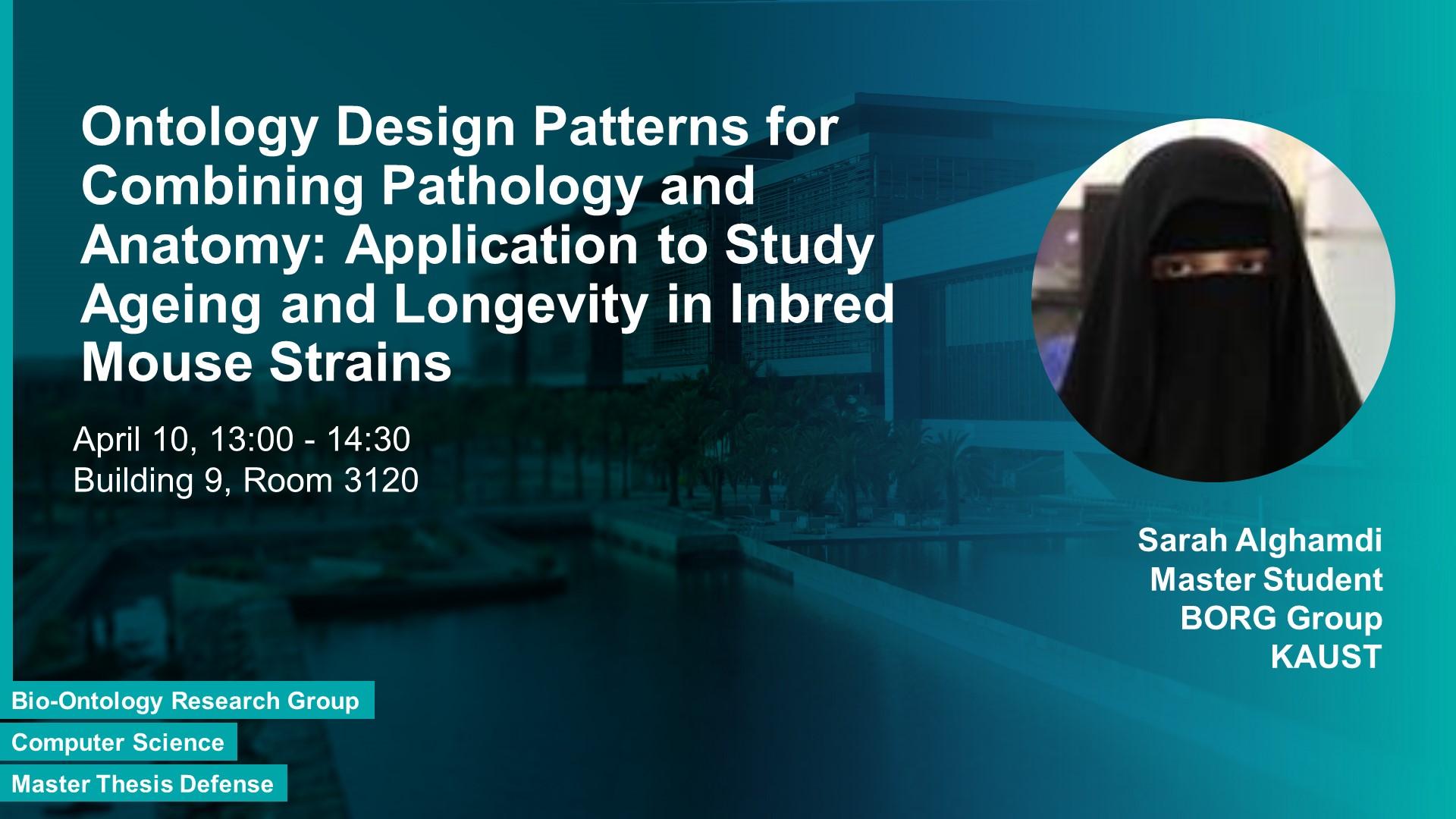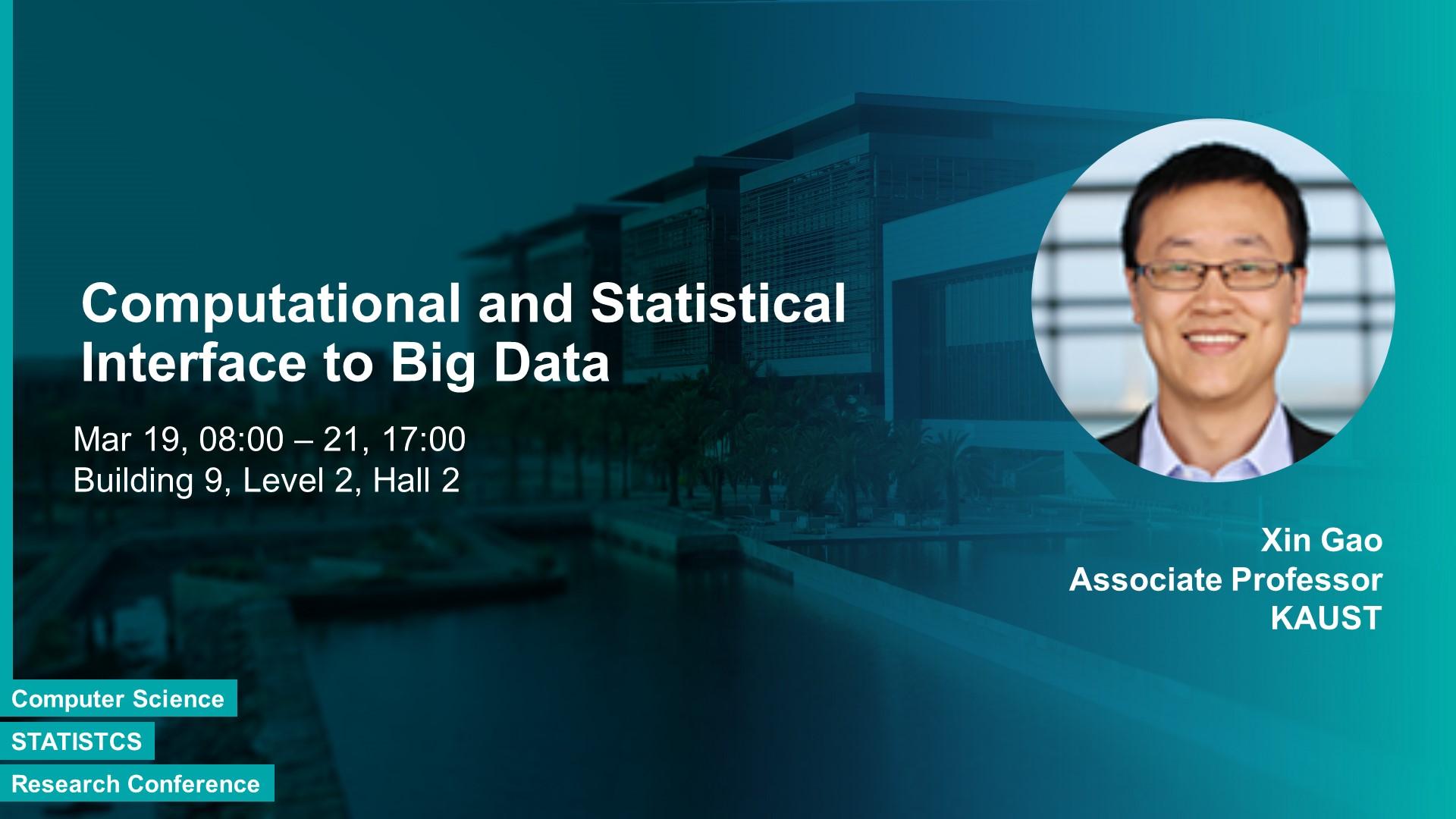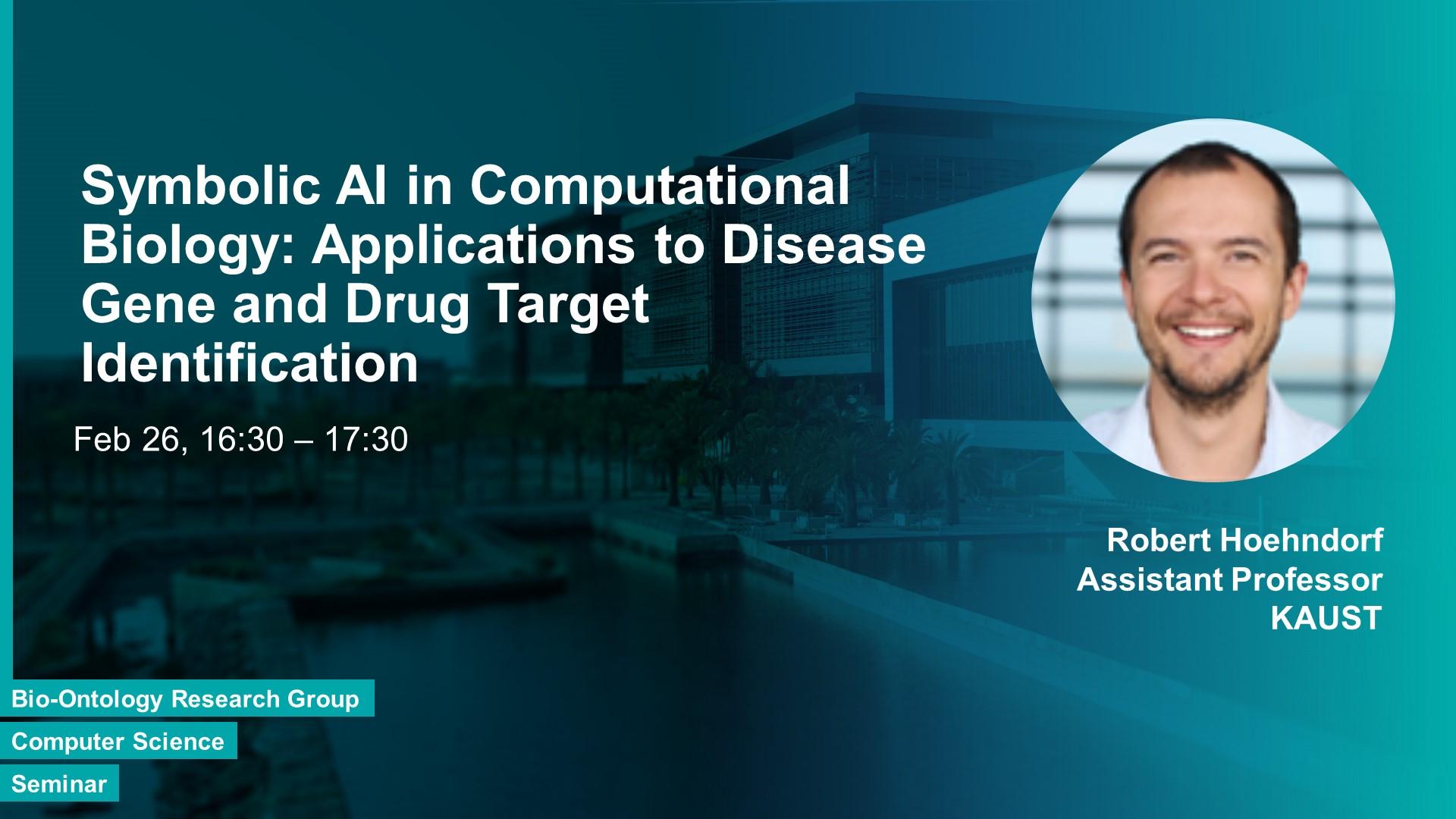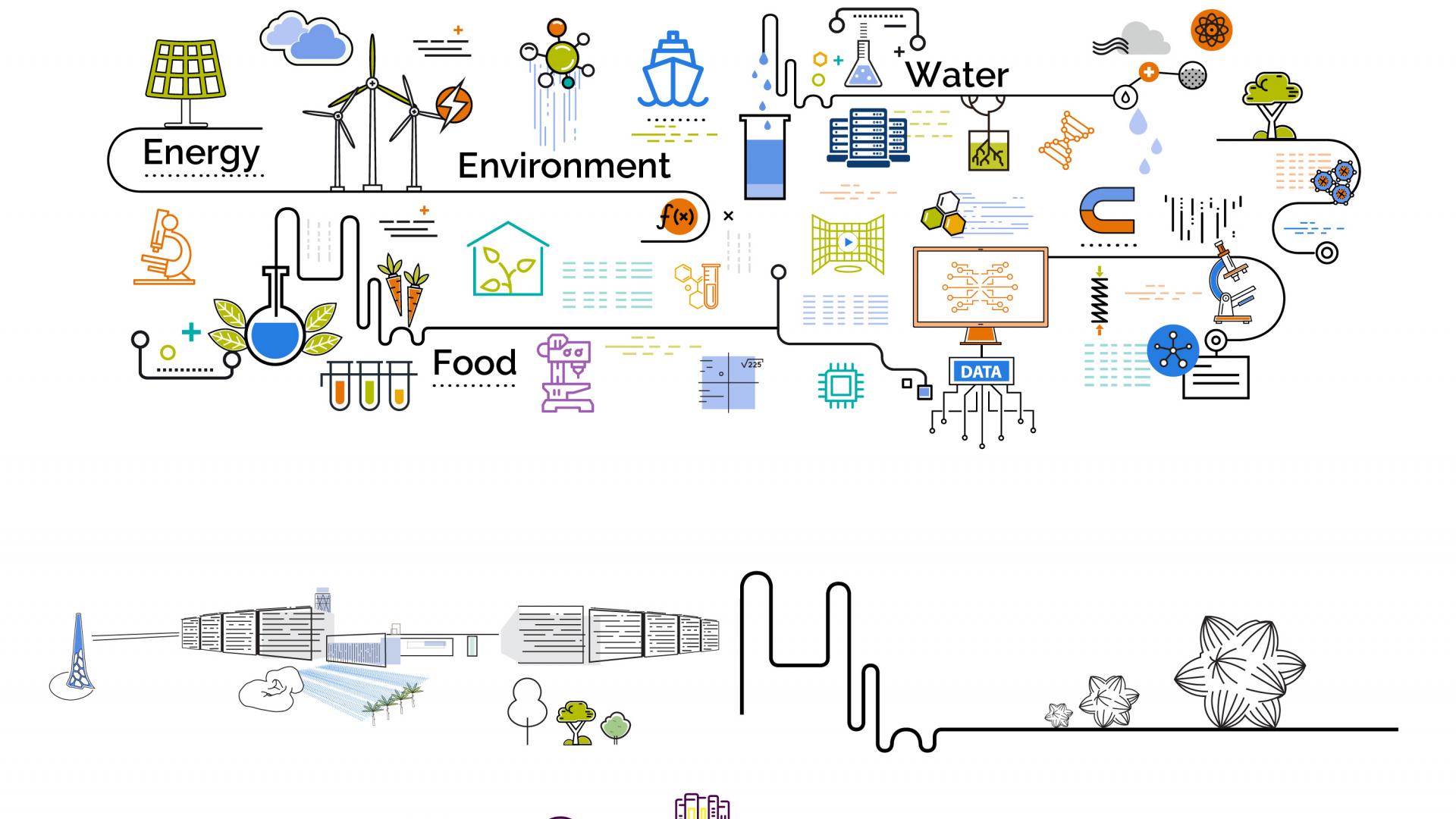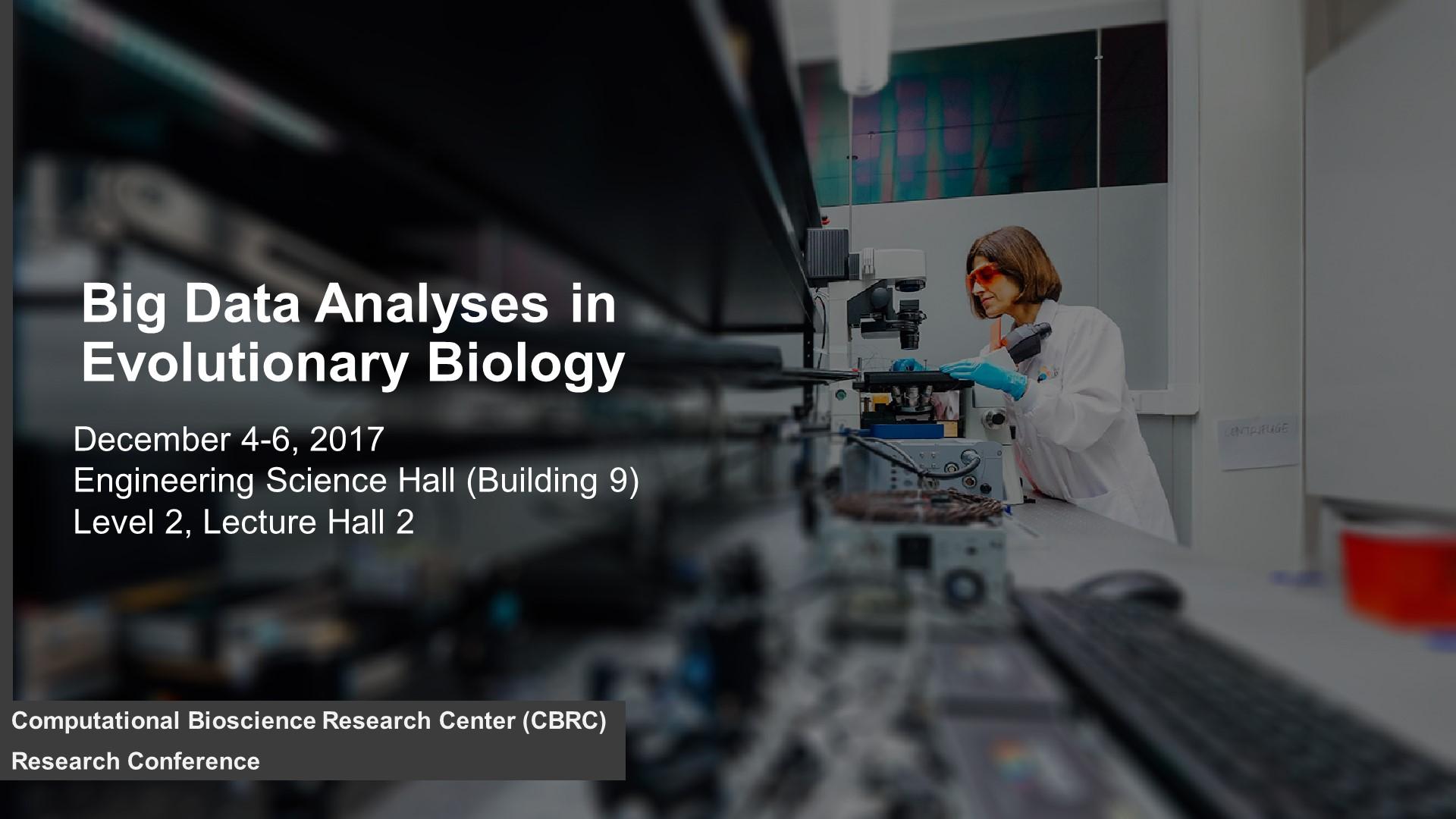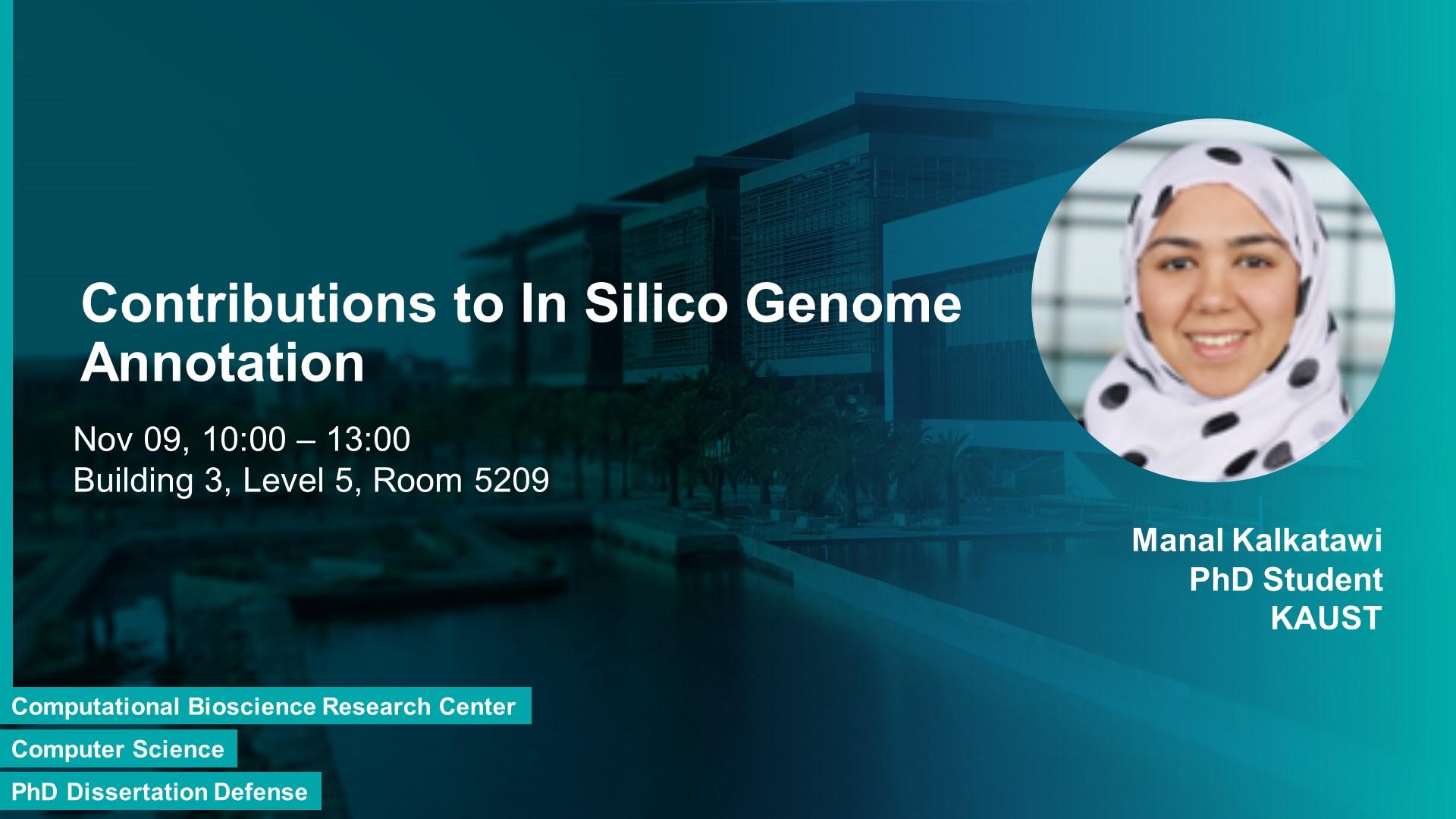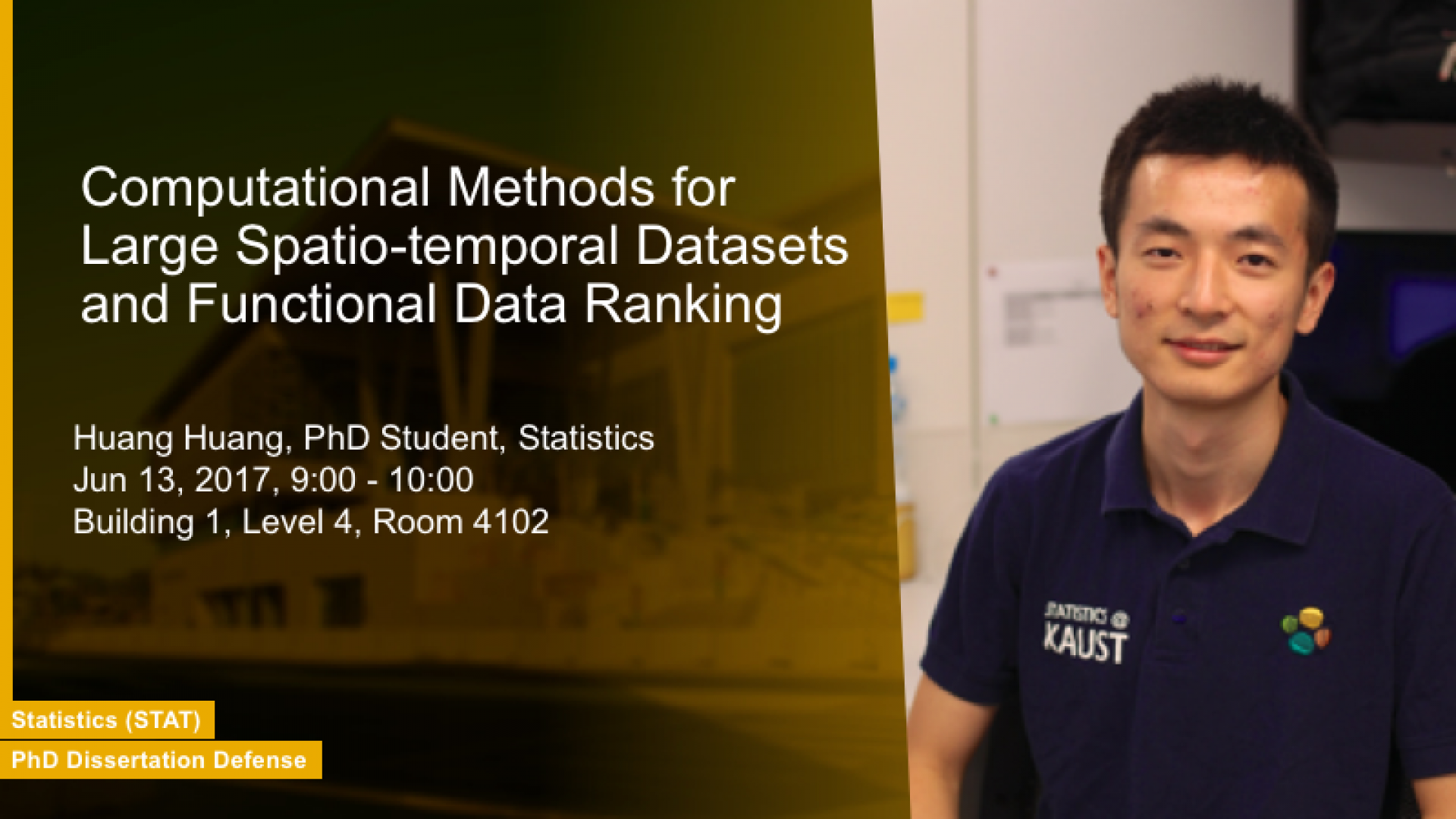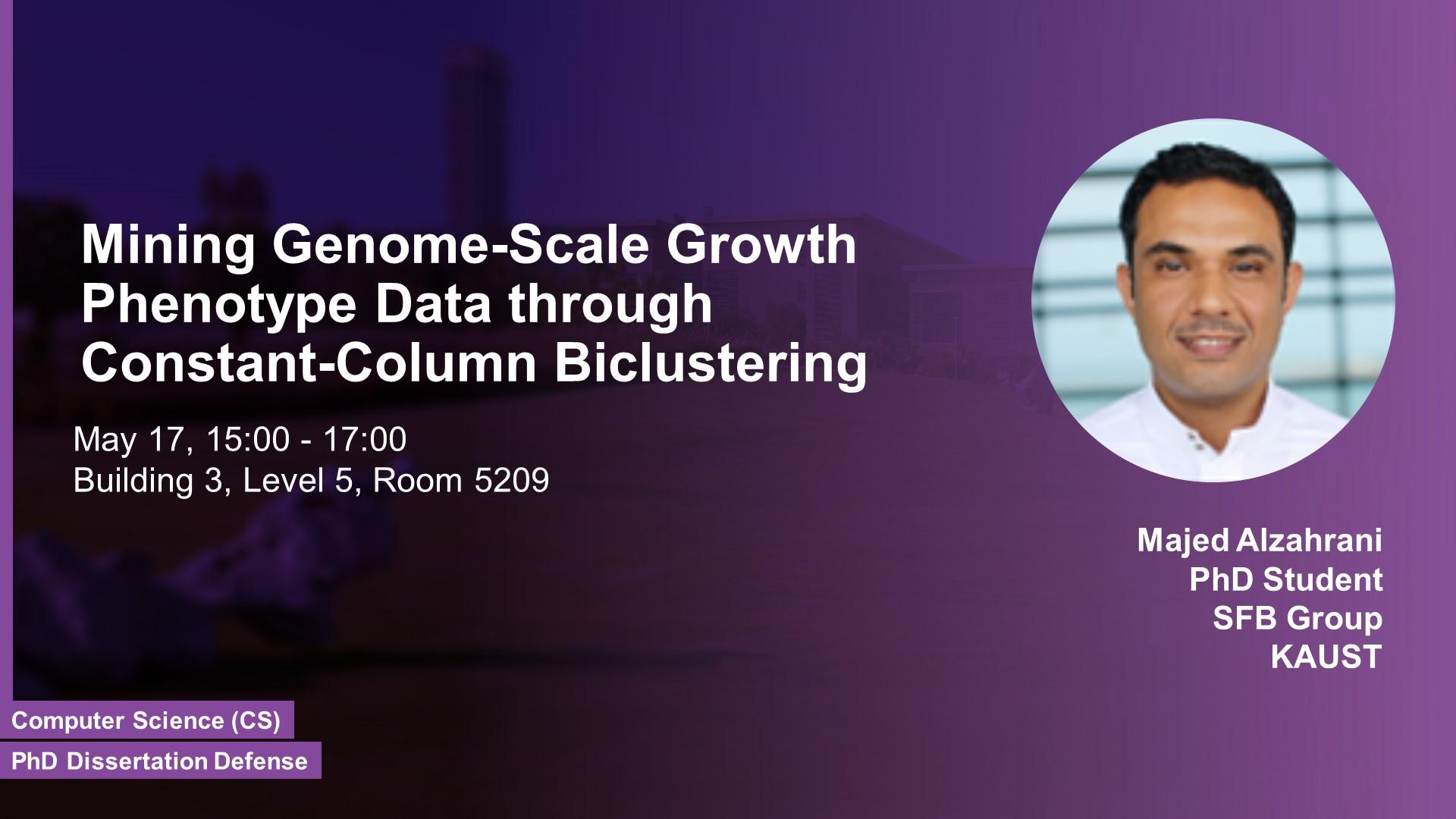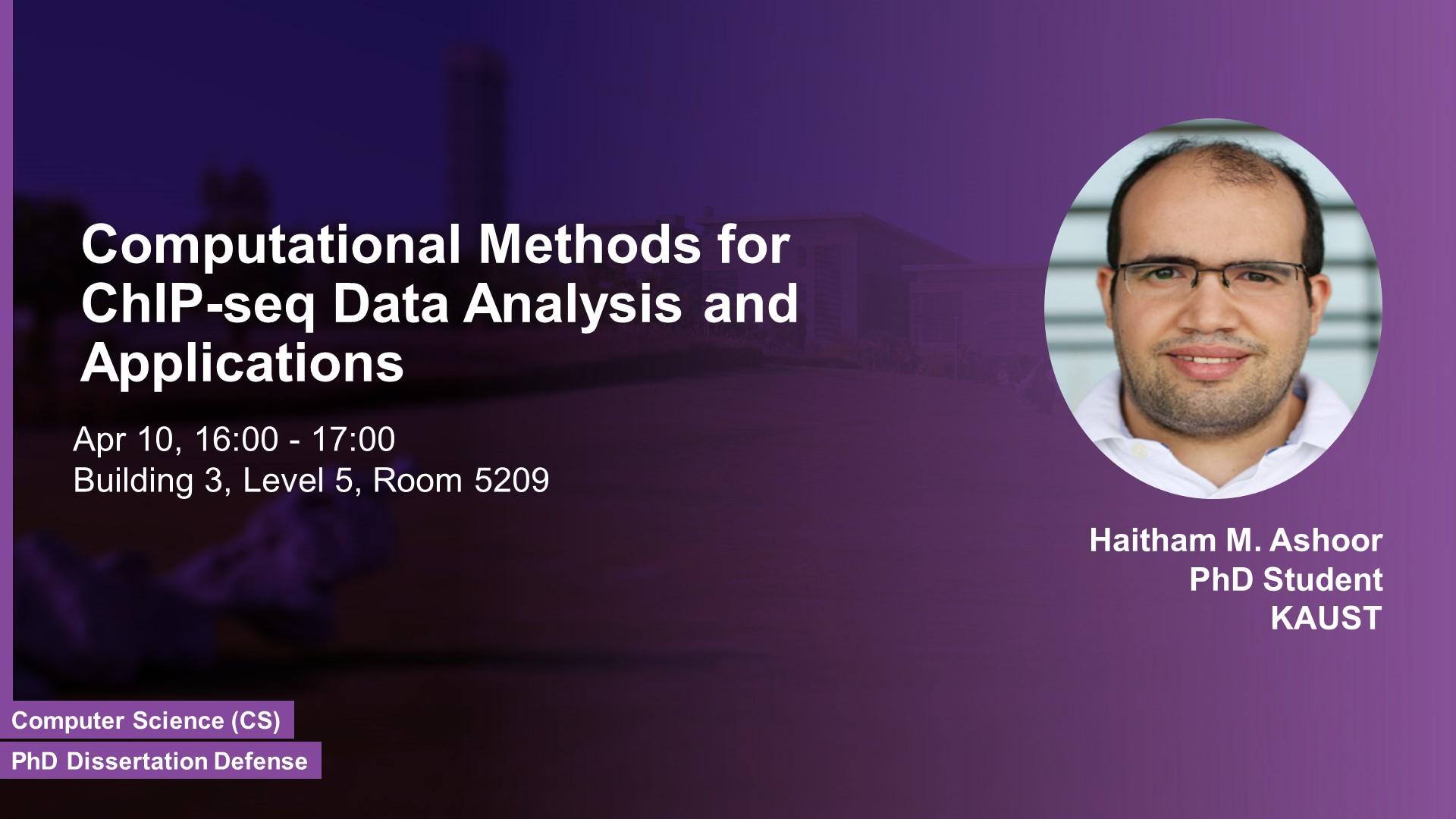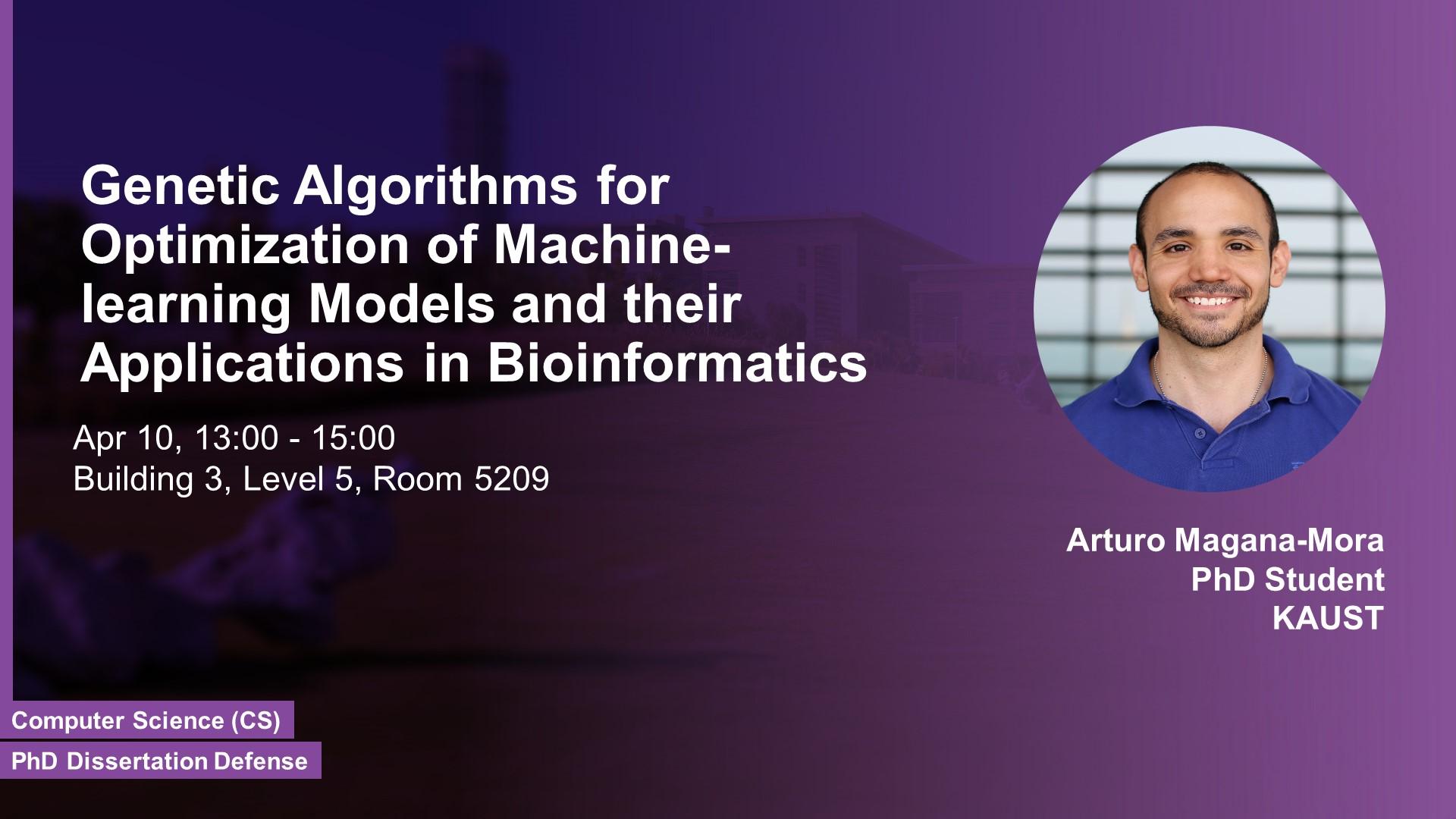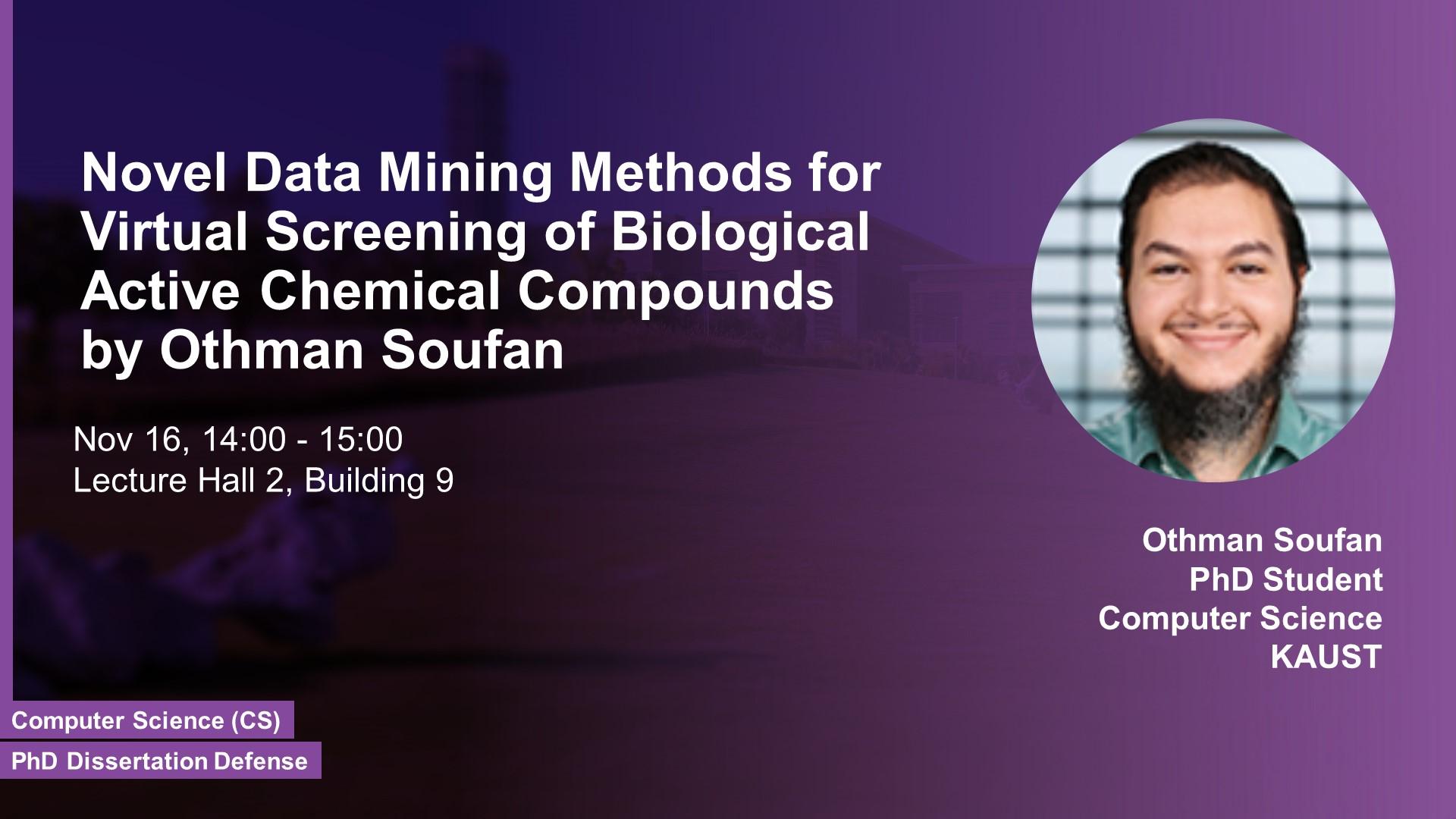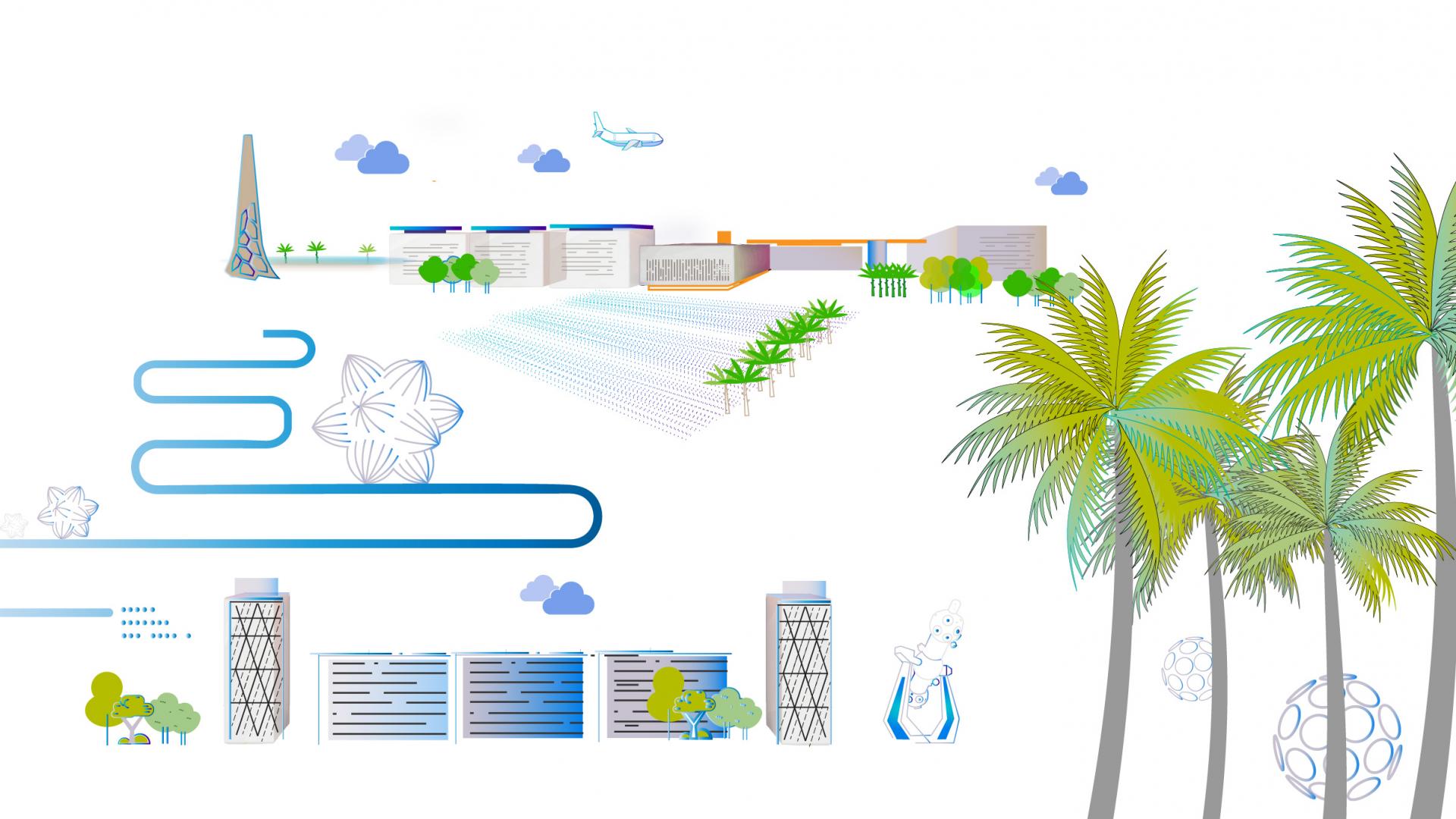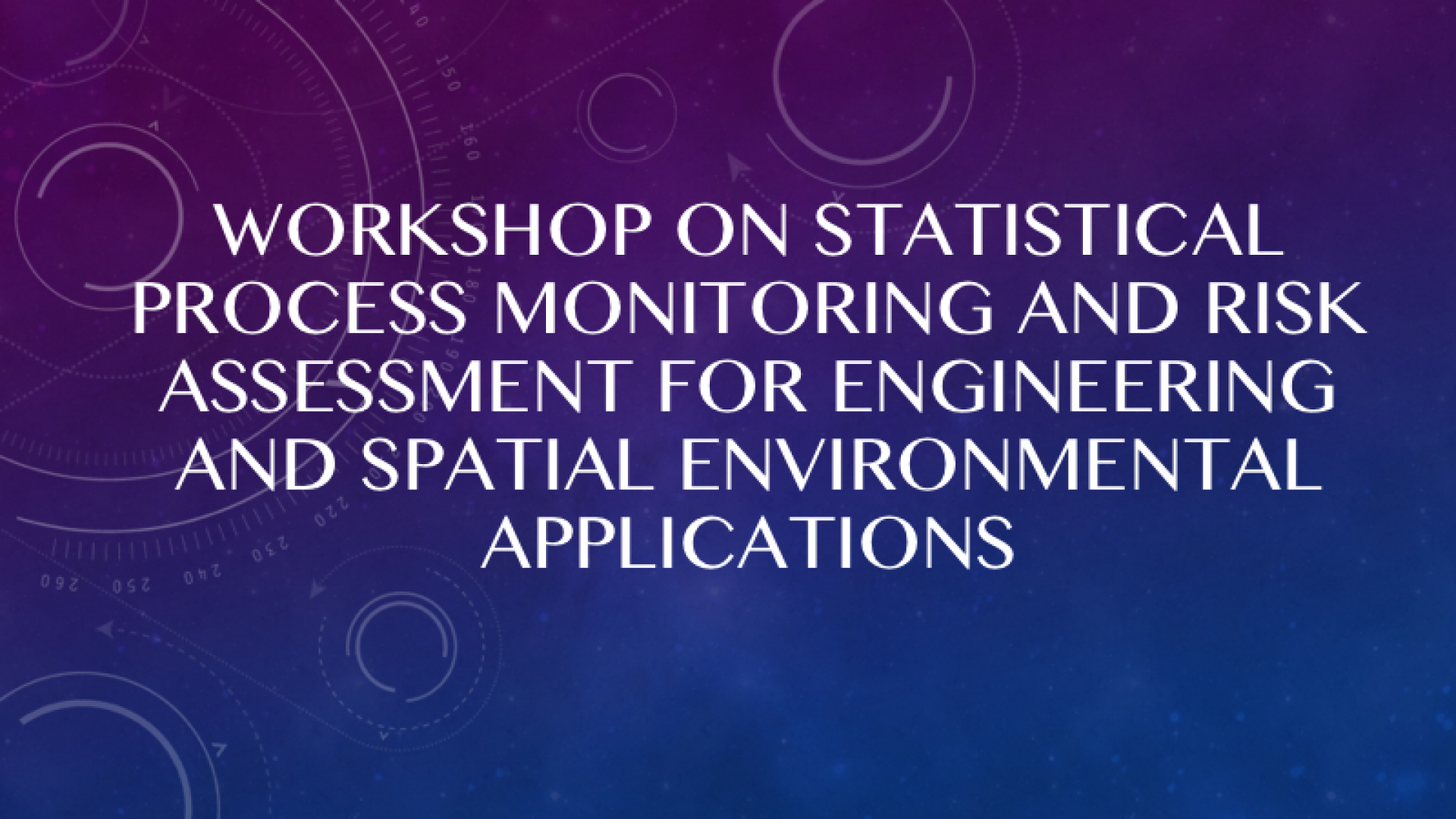Contact Person
Abstract
Genomics and health are prime areas
Abstract
Here we provide two similarity algo
About
The workshop on "AI in Cancer
Contact Person
Contact Person
Abstract
In biomedical research, ontologies are widely used to represent knowledge as well as anno
About
We are witnessing today an enormous increase in the volume and complexity of data across a
Contact Person
Contact Person
About
The life sciences have invested signif
Contact Person
Abstract
The success rate of new drug develo
Contact Person
Abstract
KAUST Assistant Professor Robert Ho
Contact Person
Abstract
KAUST Assistant Professor Robert Hoehndorf will be a keynote s
Contact Person
Contact Person
Abstract
Computational drug repurposing aims
Contact Person
Contact Person
Abstract
Genome annotation is an important t
Contact Person
Contact Person
Contact Person
Abstract
The development of Chromatin immuno
Contact Person
Abstract
Machine-learning (ML) techniques
Contact Person
Abstract
Finding a source from which high-en
Contact Person
Abstract
Drug discovery is a process that ta
Contact Person
KAUST UQ SCHOOL 2016 is an annual base thematic conference at King Abdullah University of Science and Techno




